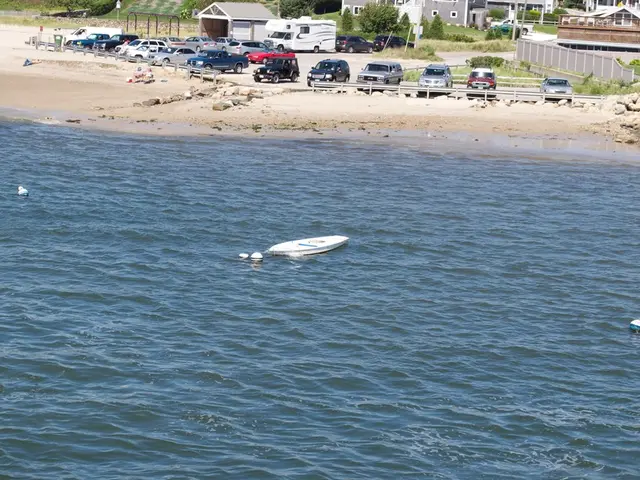Hydrangea Rooting Methods: A Step-by-Step Guide on Growing Hydrangea From Cuttings
Propagating Hydrangeas: Soil vs Water
Propagating hydrangeas from cuttings is a popular method for gardeners to multiply their prized plants. While both water and soil can be used for this purpose, there are differences in the outcomes.
To propagate hydrangeas in water, follow these steps:
- Select a healthy stem cutting about 8 to 12 inches long, ideally cutting early in the morning when the plant is well hydrated.
- Cut just below a leaf node.
- Remove most of the lower leaves to prevent rotting in the water, but leave a few at the top for photosynthesis.
- Place the cutting in a container filled with shallow water so that the stem is submerged but the leaves stay above water.
- Keep the cutting in indirect light and change the water regularly to maintain freshness.
- Roots should develop in a few weeks, after which you can transplant the cutting into soil.
However, propagating hydrangea cuttings in water has its drawbacks compared to soil. Water-rooted cuttings often develop a different root structure that may be less adapted to soil conditions, making the transition to soil more stressful. Cuttings rooted in water can be more vulnerable to rot or fungal infections if water is not changed frequently, while soil provides a more natural environment for root development. Soil propagation usually offers better aeration and nutrients, potentially resulting in stronger, more resilient plants. Rooting in soil often reduces water loss and stress during the rooting process compared to water propagation.
Despite these potential drawbacks, rooting hydrangea cuttings in water is simple and visually rewarding because you can watch roots form. Many gardeners start in water for convenience, then transfer cuttings to soil once roots are established.
For soil propagation, insert the cutting about an inch deep into damp potting soil. Place the pot in a sheltered location out of direct sunlight, checking the soil every few days to make sure it's still damp. In about two to four weeks, the hydrangea cutting should have started growing roots and will hold fast in its soil, soon producing new greenery.
The best time to propagate hydrangeas from cuttings is early autumn. The perfect hydrangea cutting should be free from flowers and at least 6 inches (15 cm.) long. New growth stems are lighter green in color compared to old growth stems.
Applying rooting hormone is part of the process of propagating hydrangeas from cuttings. After cutting, remove any leaves that are low down on the cutting and cut the remaining leaves in half crosswise. To propagate hydrangeas, cut the stem off just below a leaf node.
It's also possible to root hydrangeas in water, following steps 1-4, then placing the cutting in a clear glass or jar of water instead of soil. However, soil propagation tends to produce more robust plants better prepared for transplanting outdoors.
Hydrangeas are popular for their showy blooms, but it's important to note that hydrangea seeds do not grow true to type. Therefore, propagating from cuttings is the best method to ensure the new plant is identical to the parent.
[1] Gardening Know How [2] Burpee [3] Almanac [4] Garden Myths [5] Gardenia
In the world of gardening, also known as home-and-garden lifestyle, propagating hydrangeas can be done both in water and soil. While water propagation is visually rewarding due to its simplicity, it may result in cuttings with a less adapted root structure and increased vulnerability to rot or fungal infections, compared to soil propagation. On the other hand, soil offers better aeration, nutrients, and a more natural environment for the cuttings, potentially leading to stronger, more resilient plants.




